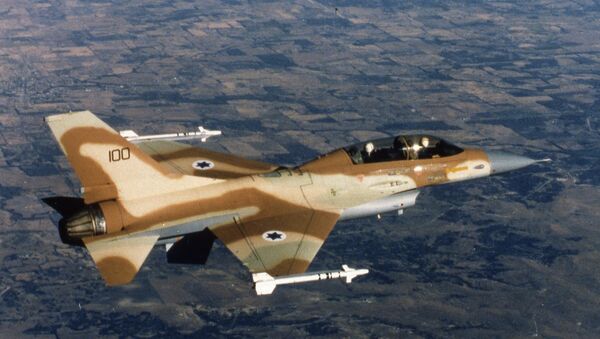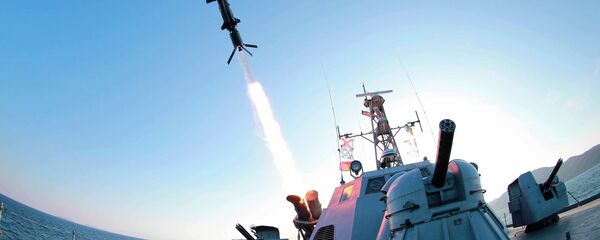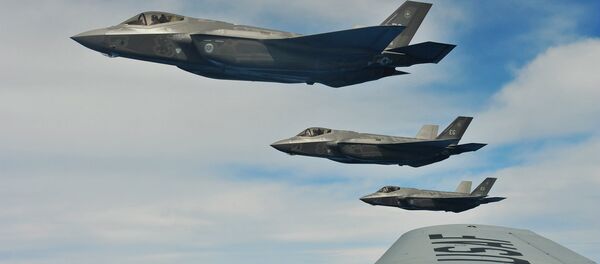Each year, the US and its allies conduct a series of joint aerial combat exercises known as Red Flag. Divided into two teams, a wide range of fighter jets perform simulated dogfights over Nellis Air Force Base.
This year marks the fourth Red Flag, and will be held between August 15-26. In preparation, the Israeli Air Force (IAF) has sent eight F-15s and F-16s, a "Ram" type refueling jet, and land and air crews to the United States, to take part.
Israel isn’t the only Middle Eastern country participating, as Pakistan and the UAE will join, along with the United Kingdom, Australia, Turkey, Italy, and Spain.
In addition to air-to-air combat, exercises will also involve anti-aircraft equipment.
Speaking to the Times of Israel earlier this year, a senior IAF official stressed that the benefits of international drills are about diplomacy as much as military readiness.
"You don’t know the area, you’re speaking in a different language. It lets you put a mirror up to yourself, and you learn a lot from that," he said.
"[International exercises] are not just military, but strategic in nature. And the strategic benefits are not always direct; they can also be roundabout."
While Israel maintains strong ties with the US, it has no formal relationship with Pakistan and the UAE.
Red Flag will also give Washington a chance to showcase its F-35 Lightning II fighter, deemed combat-ready earlier this month. This week, however, reports surfaced that the US Air Force is still attempting to fix the aircraft’s faulty ejection seat, which could put the lives of pilots at risk.
Israel has ordered 33 F-35 "Adir" jets.




